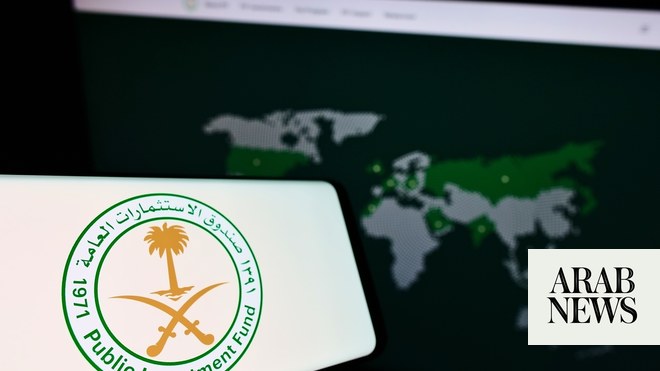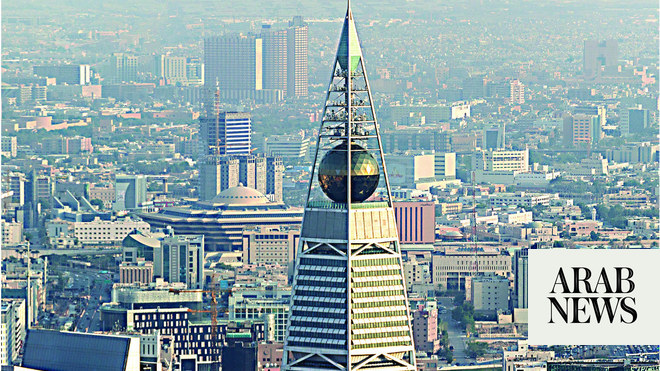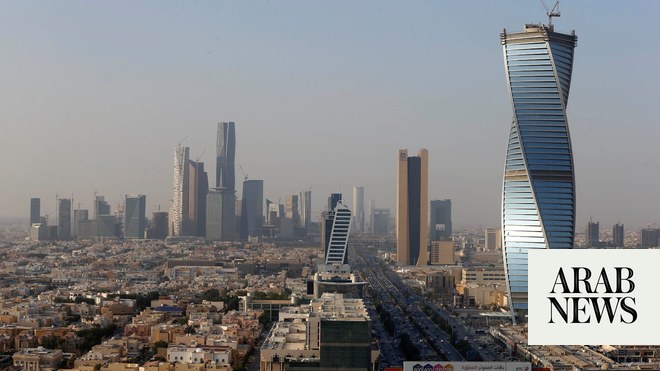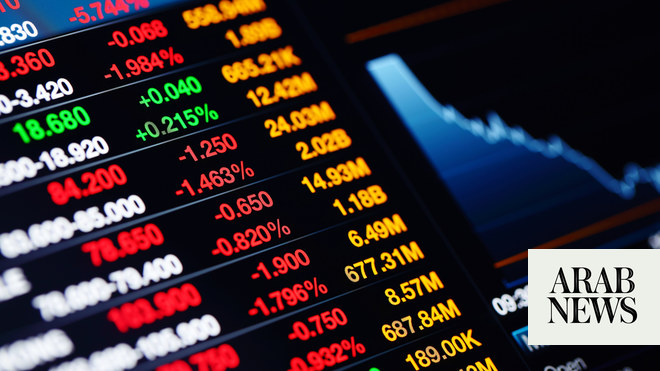
RIYADH: Sovereign wealth funds across the Gulf Cooperation Council signed off $55 billion across 126 transactions in the first nine months of 2024, accounting for 40 percent of global deals, a new report showed.
US-based organization Global SWF, which monitors the activities of these bodies, identified the region’s “Oil Five”— Abu Dhabi’s ADIA, ADQ, and Mubadala, along with Saudi Arabia’s Public Investment Fund and Qatar’s Qatar Investment Authority — as leading this robust investment wave.
Currently managing $4.9 trillion in assets, GCC sovereign wealth funds are projected to surpass $5 trillion by early 2025 and could reach $7 trillion by 2030, the report said.
Additionally, central banks in the region are seeing significant increases in foreign reserves that may be funneled into these funds.
Traditional markets, such as the US and UK, remain primary targets for GCC investments, attracting $18.9 billion and $9.5 billion, respectively, over the past year.
China is rapidly rising in prominence, drawing $9.5 billion from GCC investors during the same timeframe.
GCC SWFs have rapidly ascended as dominant players on the global investment stage, capitalizing on a unique mix of high oil revenues, strategic reforms, and market-savvy investment approaches.
Elevated oil prices in recent years have bolstered these funds, allowing them to expand organically — through robust market performance — and through governments channeling excess capital and state-owned assets into SWFs.
Additionally, low debt levels across GCC governments mean they can issue debt selectively, safeguarding fiscal sustainability even when oil prices dip.
Tax reforms, like VAT and corporate levies, further contribute to a more resilient financial foundation, fortifying regional economies against volatility.
A deepening focus on diversifying revenue sources also fosters resilience, seen through investments in sectors including technology, infrastructure, and renewables.
Adding to this is the expansion of GCC financial markets, now home to seven active stock exchanges and over 877 listed companies with a combined market capitalization of $4.3 trillion.
Altogether, these factors position GCC sovereign investors as influential, stable forces capable of shaping financial landscapes both regionally and globally.
Global SWF noted that GCC sovereign wealth funds hold a unique geopolitical edge, maintaining solid relationships with both Western and Eastern powers, which enhances their strategic agility in global investments.
Furthermore, these funds command substantial influence domestically, controlling 70 percent of equity markets within the GCC— a clear testament to their significant impact on both local economies and international financial landscapes.
Saudi Arabia is intensifying its focus on domestic investment, with the Kingdom’s PIF driving major growth in local projects.
The fund’s assets surged 29 percent to reach $765.2 billion in 2023, largely through directing money into Saudi infrastructure and real estate, which grew 15 percent to SR233 billion.
PIF’s assets are expected to exceed $1 trillion by 2025, making it a global heavyweight.
The report said that Saudi Arabia stands out as the largest economy in the GCC, contributing half of the region’s $2.2 trillion activity. By 2029, the Kingdom’s GDP is expected to hit $1.43 trillion, making up 51 percent of the GCC’s projected GDP of $2.8 trillion.
This growth is being driven by non-hydrocarbon sectors, reflecting Saudi Arabia’s ambitious Vision 2030 plan aimed at reducing its reliance on oil and gas while boosting sectors like tourism, entertainment, and renewable energy.
PIF plays a critical role in this transformation by strategically deploying capital across various industries to diversify the economy.
Emerging trends in FDI, debt Issuance, and partnerships
Most GCC countries have crafted long-term strategic plans aimed at fostering economic growth and reducing oil dependency, with a focus on attracting foreign direct investment for sustainability and resilience.
According to the report, over the past six years, approximately 84 percent of FDI inflows into the GCC have been directed toward Saudi Arabia and the UAE, with significant increases noted between 2021 and 2023.
The region now accounts for 4.2 percent of global FDI inflows, up from 1.3 percent in 2019.
According to the Saudi Ministry of Investment’s latest report, the Kingdom’s money from foreign investment hit $25.6 billion in 2023, exceeding the National Investment Strategy target by 16 percent.
Saudi Arabia aims to increase FDI to 5.7 percent of its nominal GDP by 2030, a significant rise from the current 2.4 percent, with a goal of attracting $100 billion annually.
GCC SWFs are also increasingly raising third-party capital as part of their strategic plans, enhancing risk management and ensuring long-term sustainability.
According to the report, Mubadala stands out as the most successful fund in this area, having issued 36 bond tranches totaling $29.2 billion since its inaugural $1.8 billion dual-tranche bond in 2009.
Additionally, Mubadala has secured $18 billion in equity from both domestic and international investors. Other funds in Abu Dhabi, like ADQ, have also entered the bond market, with ADQ issuing a $2.5 billion bond in May 2024.
Saudi Arabia’s PIF has raised $21.9 billion through 15 bond tranches, and is preparing to issue a 3-year sukuk and an 8-year green bond.
According to S&P Global, Saudi Arabia and the UAE are set to continue leading the Middle East’s sustainable bond market, having issued $16.7 billion in the first nine months of 2024.
The agency predicted ongoing strong activity in this sector, spurred by banks and the rising importance of green bonds.
PIF has been at the forefront, raising $3 billion in 2022 and $5 billion in 2023 through these tools, with $5.2 billion allocated to environmentally focused projects as of June 2024.
Green sukuk, which fund renewable energy initiatives, are gaining momentum, now accounting for 35-40 percent of sustainable bond issuances in the region, up from 25-30 percent at the end of 2023.
Global SWF also said that the region’s funds have actively pursued bilateral investment agreements, often exceeding $5 billion, particularly as the COVID-19 pandemic subsided.
PIF has established subsidiaries in countries like Egypt and Iraq, while Mubadala has launched Country Investment Programs to strengthen economic ties with nations such as France and the UK.
Collaboration with local sovereign funds has been prevalent, especially in Egypt, where PIF pledged $10 billion to stabilize the economy.
Turkiye has also attracted attention, with ADQ launching a $300 million technology fund and making significant earthquake relief pledges.
The UK remains a key focus for Gulf SWFs, with substantial post-Brexit investment commitments.
While actual investments may not always meet lofty targets, these agreements lay important groundwork for future capital deployment.











